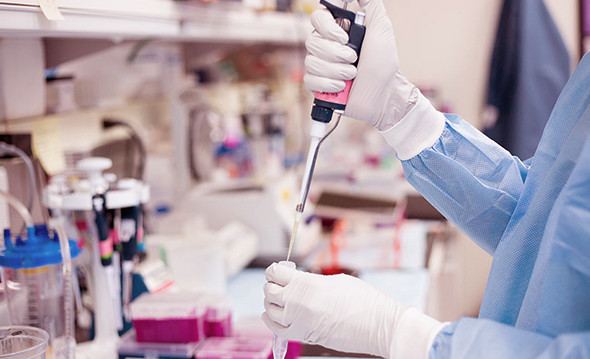First appearing on 23rd November 2021, we are wondering why did they delete the article? At whose request? Bill Gates has been warning of a second pandemic "that will really get everyone's attention", and suspiciously, and it was reported that vials containing the smallpox virus were 'found' in Merck's lab on November 16th, 2021.

Read an article on the timeline of a smallpox threat here.
From the NY Times article:
You should be afraid of the next lab leak. Covid might not have come out of a medical research lab (Editor - didn't it?), but it raises some urgent questions about how those facilities operate.
The National Emerging Infectious Diseases Laboratories is a seven-story concrete fortress in Boston’s South End, hemmed in by Interstate 93 on one side and Boston University’s medical school on another. Unmarked by overt signs or logos, NEIDL — known as “needle” — is surrounded by a vast manicured lawn that would make for an excellent picnic spot, but for the high-spired steel fence and the constant surveillance by a police force stationed at nearby checkpoints. The safeguards ensure that passers-by will keep out. Yet almost everything else about the lab — its layout, its operations, its work protocols — is in service to an opposing imperative: keeping dangerous things, and especially very deadly things, in.
The building has one of the larger collections of Biosafety Level 4 and Biosafety Level 3 labs in the world. These kinds of facilities are where research on the planet’s most threatening pathogens takes place. Ebola, Lassa, Marburg viruses: All are designated for Level 4 work by the National Institutes of Health, meaning they are both transmissible and highly pathogenic, with few (or no) treatments for those who become infected with them. The pathogens studied in a Level 3 lab, like Mycobacterium tuberculosis or SARS-CoV-1, the predecessor to the novel coronavirus responsible for Covid-19, are slightly less lethal but still dangerous; the risks in this level of lab remain significant, but the safety level is a notch lower.
A secure biolab building is architecture for containment: boxes within boxes, each providing a hermetic boundary to prevent the escape of something risky inside. Within one of NEIDL’s Level 4 labs, for instance, researchers work on viruses in a glass safety cabinet, which they access through gloves. They also wear a hooded pressurized suit, fully zipped, that is connected at the small of their back to a hose that pumps in HEPA-filtered air drawn from outside the building. A negative-pressure air system prevents the escape of anything airborne; the room itself is situated off a corridor, entered by way of locked doors, accessible only to credentialed personnel who pass through a security barrier that scans their irises.
CONTINUE READING
https://archive.md/C3l4G#selection-551.0-562.0